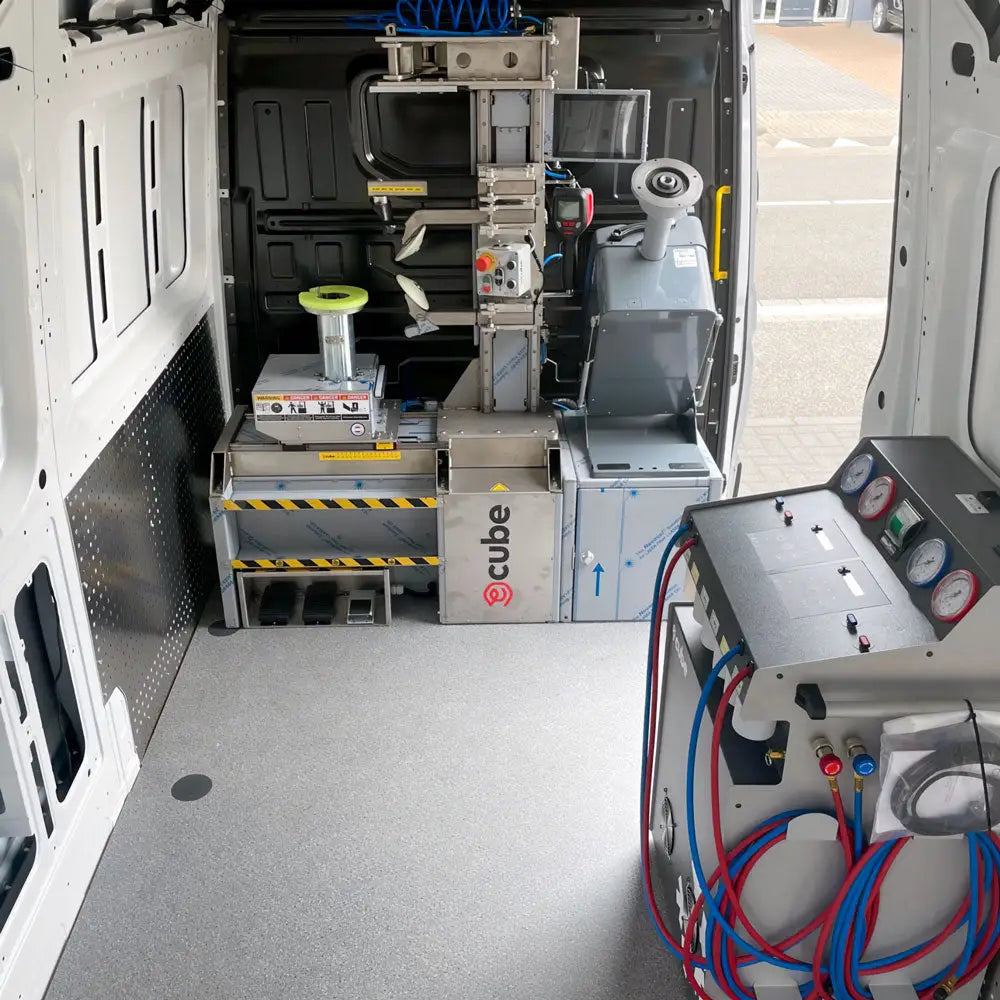Tire Solution: Proven Methods for Optimum Tire Maintenance and Treatment
From ensuring appropriate tire stress to regular rotation and placement, there are proven techniques that can dramatically extend the life-span of your tires and boost overall driving experience. Let's dig right into the globe of tire solution and discover the secrets to keeping your tires in superior form for the long haul - Mobile Tire Service Las Vegas.
Relevance of Tire Stress
Proper tire pressure is a critical variable in making sure optimal car performance and safety when traveling. Maintaining the advised tire stress degrees given by the producer offers countless advantages. Firstly, appropriate tire stress promotes much better fuel efficiency, as under-inflated tires can result in enhanced rolling resistance, causing the engine to work harder and consume even more gas. Second of all, right tire stress makes sure even tread wear, boosting tire long life and saving money in the lengthy run by delaying the demand for early replacements. In addition, appropriately pumped up tires add to enhanced handling and braking capacities, vital for risk-free driving in various roadway conditions. Over-inflated tires, on the various other hand, can lead to reduced grip and a harsher ride. Alternatively, under-inflated tires are susceptible to getting too hot, which can cause crashes and blowouts. Consistently inspecting and adjusting tire pressure, especially eventually journeys, is a straightforward yet reliable way to improve vehicle performance, expand tire life expectancy, and prioritize security when traveling.
Tire Rotation Guidelines
When considering tire turning guidelines, it is essential to recognize the significance of this maintenance job in making best use of tire life expectancy and maintaining optimum car efficiency. Tire rotation entails changing the placement of each tire on a car to make certain even step wear. Front tires tend to put on more swiftly than rear tires due to guiding pressures, making regular turning essential for well balanced wear patterns.

Benefits of Wheel Placement
Ensuring appropriate wheel placement after tire rotation is vital for keeping balanced wear patterns and optimizing vehicle performance. Wheel positioning describes the modification of the angles of the wheels to the supplier's specifications. One of the crucial advantages of wheel alignment is enhanced taking care of and steering feedback. When the wheels are properly lined up, it minimizes guiding initiative, guaranteeing a smoother and more controlled driving experience. Furthermore, appropriate wheel positioning assists to expand the life-span of your tires. Misaligned wheels can create irregular tire wear, bring about early tire substitute and raised upkeep prices.

Tire Tread Deepness Check
Carrying out a regular inspection of tire tread depth is vital for maintaining safe driving problems and extending the lifespan of your tires. Irregular step wear can suggest concerns with tire suspension, positioning, or pressure, highlighting the relevance of routine tread depth checks. By including tire walk depth checks right into your routine upkeep routine, you can drive with confidence recognizing that your tires are in top problem.
Seasonal Tire Evaluation
A detailed analysis of tire condition tailored to specific weather problems is important for maintaining optimal efficiency and security throughout the year. Seasonal tire inspection is a basic aspect of tire upkeep that makes sure tires prepare to face the obstacles positioned by various weather. In prep work for winter months, it find out is vital to examine the tire stress frequently as chilly temperature levels can cause tire stress to drop. Evaluating tire tread depth is also important to make sure adequate traction on snow and ice-covered roadways. Additionally, looking for indications of damage, such as fractures or lumps, can assist stop possible tire failures. As the seasons modification, it is crucial to analyze tire condition and make any required modifications to ensure secure driving. By performing regular seasonal tire inspections, chauffeurs can extend tire life expectancy, improve gas effectiveness, and most notably, make certain a secure driving experience in differing climate condition - Mobile Tire Replacement Las Vegas.
Verdict
To conclude, preserving proper tire stress, revolving tires routinely, lining up wheels properly, keeping an eye on tread deepness, and carrying out seasonal inspections are important practices for optimal tire care. By following these proven methods, drivers can guarantee their tires last much longer, do better, and add to overall automobile safety. It is essential to prioritize tire upkeep to avoid accidents, boost fuel effectiveness, and prolong the life expectancy of tires.
Adequate tire pressure advertises much better gas efficiency, as under-inflated tires can lead to raised rolling resistance, triggering the engine to function more challenging and consume more gas.When thinking about tire turning guidelines, it is essential to recognize the importance of this maintenance job in making best use of tire lifespan and preserving optimum vehicle recommended you read performance. Seasonal tire examination is a fundamental facet of tire maintenance that makes certain tires are ready to face the difficulties postured by different weather condition problems. By performing routine seasonal tire assessments, vehicle drivers can extend tire life expectancy, enhance fuel performance, and most importantly, make sure a safe and secure driving experience in differing climate conditions.
In conclusion, preserving correct tire pressure, rotating tires on a regular basis, aligning wheels correctly, keeping track of walk deepness, and performing seasonal examinations are vital techniques for optimum tire treatment.